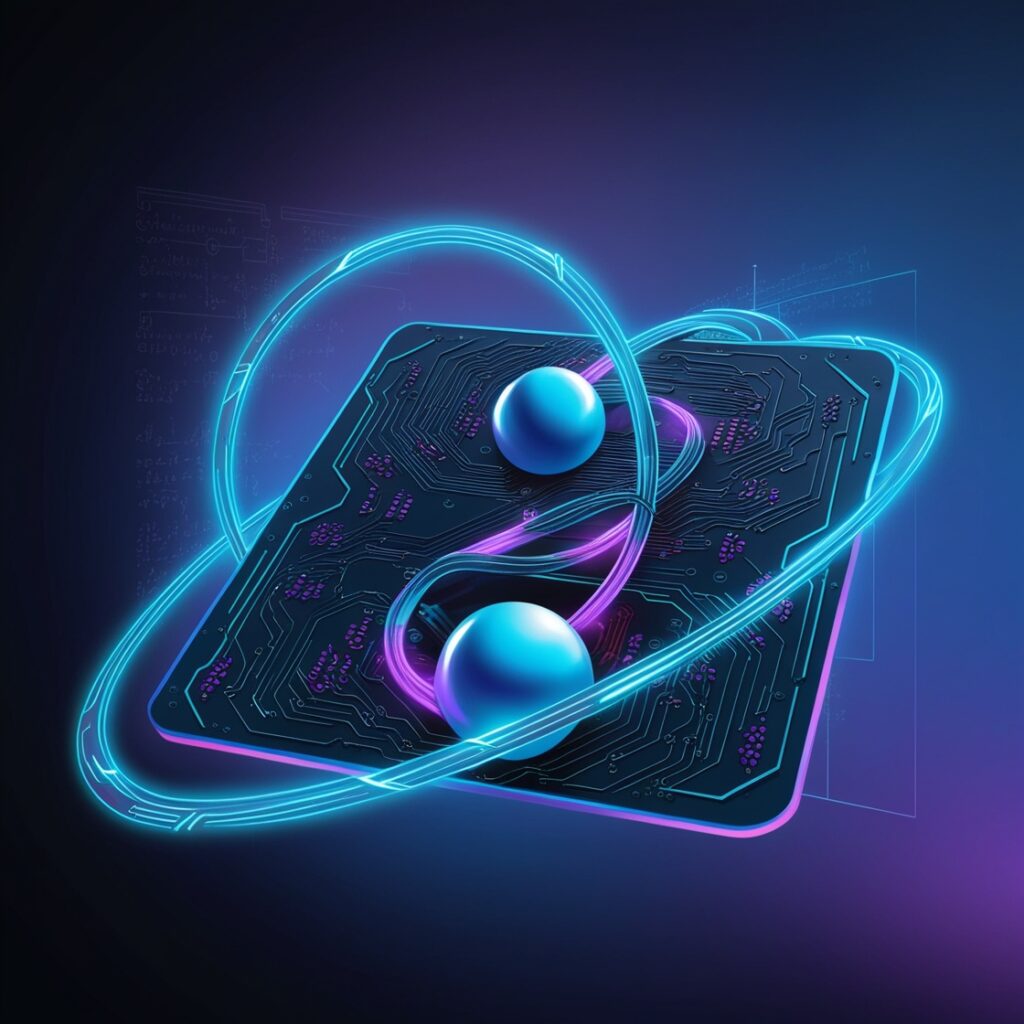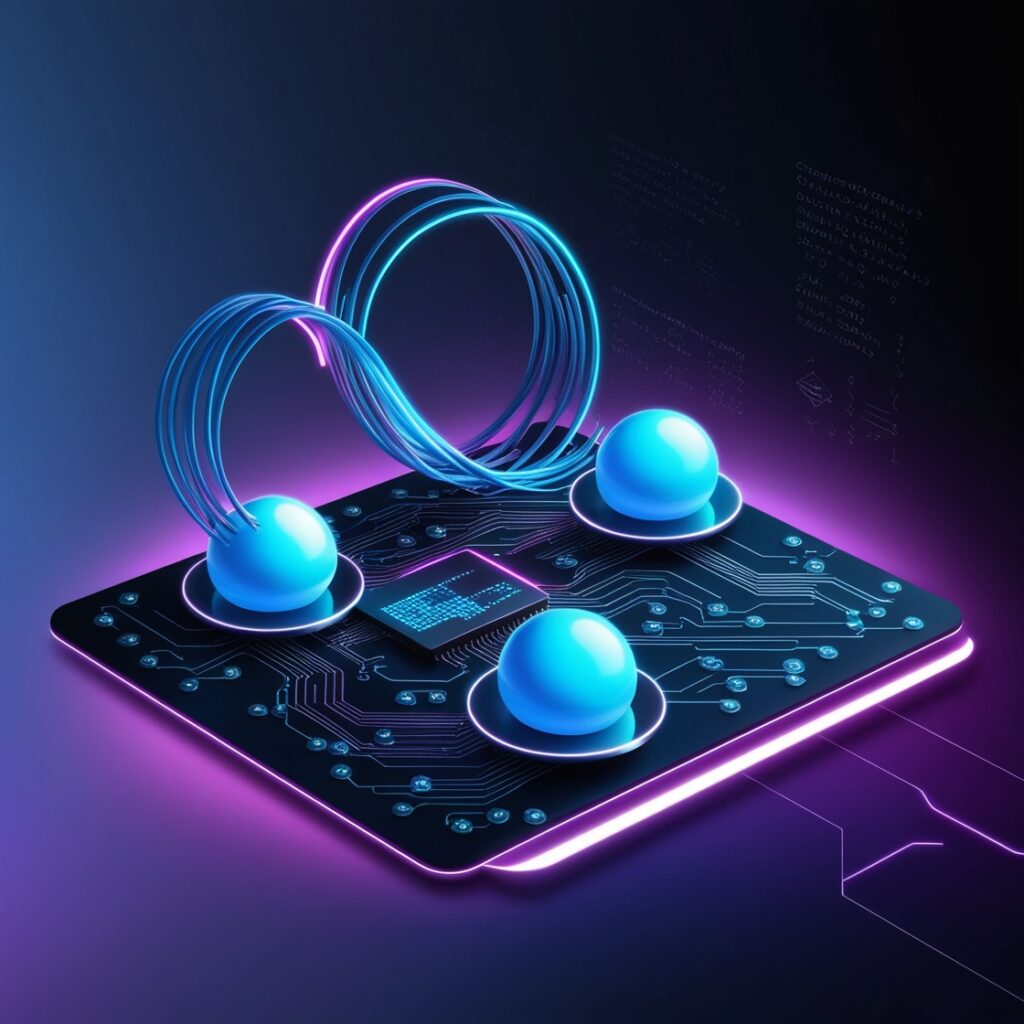Quantum computing, a revolutionary technology, is transforming industries by solving complex problems faster than classical computers. As quantum computing becomes more accessible, you might wonder how to build your first quantum computing program. Whether you’re a tech enthusiast or a professional exploring the field, this beginner-friendly guide will help you take your first steps into quantum programming.
What Is Quantum Computing?
Quantum computing leverages the principles of quantum mechanics to process information. Unlike classical computers that use bits (0s and 1s), quantum computers use qubits, which can exist in a superposition of states, allowing them to perform multiple calculations simultaneously.
Why Learn to Build a Quantum Computing Program?
Building your first quantum computing program introduces you to cutting-edge technology with applications in:
• Cryptography: Developing secure encryption methods.
• Optimization: Solving logistical and operational challenges.
• Artificial Intelligence: Enhancing machine learning models.
• Drug Discovery: Simulating molecular structures for faster discoveries.
What You Need to Start
1. Understanding of Quantum Mechanics
Basic knowledge of quantum concepts like superposition, entanglement, and quantum gates is helpful.
2. Familiarity with Python
Python is widely used in quantum programming because it integrates with quantum software development kits (SDKs).
3. Access to Quantum Programming Tools
Here are some beginner-friendly tools:
• IBM Quantum Experience (Qiskit): Offers free access to quantum computers and simulators.
• Google Cirq: Ideal for designing and simulating quantum circuits.
• Microsoft Q#: A quantum programming language for Azure Quantum.
Step-by-Step Guide to Building Your First Quantum Computing Program
Step 1: Set Up Your Environment
Installing Qiskit
Qiskit, IBM’s open-source SDK, is an excellent platform for beginners. Install it using Python’s package manager:

You’ll also need Jupyter Notebook for writing and running your code:

Step 2: Understand Quantum Circuits
A quantum circuit is the foundation of quantum programming. It consists of:
• Qubits: The basic units of quantum information.
• Gates: Operations applied to qubits, such as Hadamard (H) and Pauli-X gates.
Step 3: Write Your First Quantum Circuit
Let’s create a simple program to demonstrate superposition, a fundamental concept in quantum computing.
Example: Superposition with Qiskit

Step 4: Add Measurement to the Circuit
To observe quantum states, you must measure the qubits:

Step 5: Experiment with Quantum Gates
Explore other gates to deepen your understanding:
• Pauli-X Gate: Flips the state of a qubit.
• CNOT Gate: Entangles two qubits.
Example: Entanglement with Two Qubits

Step 6: Run Your Program on a Real Quantum Computer
Once comfortable with simulations, run your program on IBM’s quantum computers:
1. Create a free account on IBM Quantum Experience.
2. Use your API token to connect Qiskit to IBM Quantum.
Example: Running on IBM Quantum

Tips for Building Effective Quantum Programs
1. Start Small: Focus on simple circuits before tackling complex problems.
2. Leverage Simulators: Test programs thoroughly on simulators to avoid hardware constraints.
3. Learn Continuously: Explore quantum algorithms like Grover’s Search and Shor’s Algorithm.
4. Collaborate with Communities: Join forums like IBM Qiskit Community for guidance.
Applications of Quantum Computing Programs
1. Optimization Problems
Optimize logistics, resource allocation, or scheduling with quantum algorithms.
2. Cryptography
Explore quantum-safe encryption methods.
3. Machine Learning
Build quantum-enhanced models for faster and more efficient learning.
4. Scientific Research
Simulate complex molecular and atomic interactions.

Conclusion
Building your first quantum computing program is an exciting step into a transformative technology. With platforms like Qiskit, the process is accessible to anyone with basic programming knowledge. By experimenting with quantum circuits and understanding their principles, you’ll unlock new possibilities for solving real-world challenges.
Start your quantum journey today and be part of the future of computing!




Your article helped me a lot, is there any more related content? Thanks! https://accounts.binance.com/id/register-person?ref=GJY4VW8W
Can you be more specific about the content of your article? After reading it, I still have some doubts. Hope you can help me.
Thanks for sharing. I read many of your blog posts, cool, your blog is very good.
Your article helped me a lot, is there any more related content? Thanks!
Thank you for your sharing. I am worried that I lack creative ideas. It is your article that makes me full of hope. Thank you. But, I have a question, can you help me?
Your point of view caught my eye and was very interesting. Thanks. I have a question for you.
I am truly thankful to the owner of this web site who has shared this fantastic piece of writing at at this place.